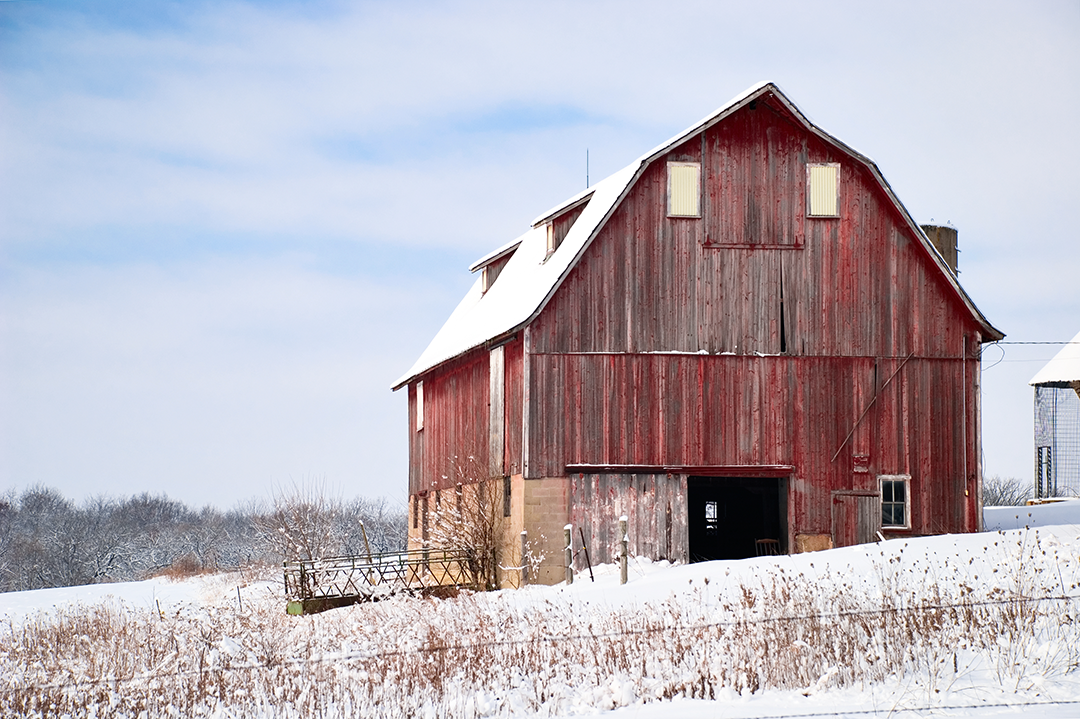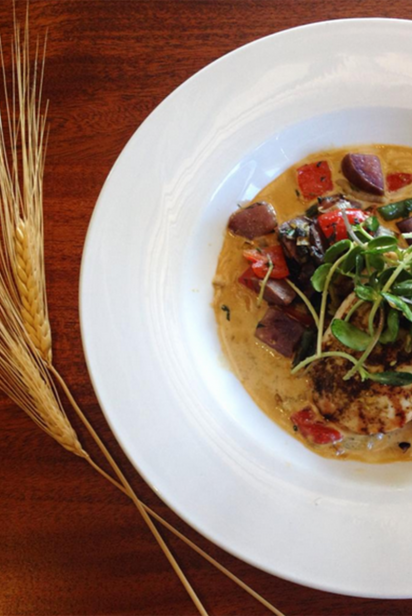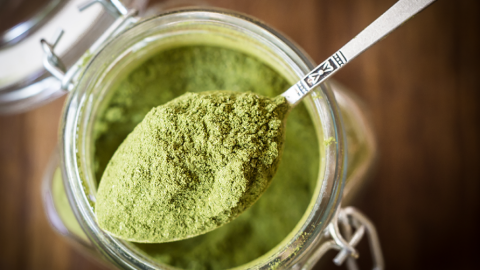The Painted Truth about Barns
Have you ever driven past a barn and wondered why some are painted white, some red, some black and yet others may even be brown or blue? Was it or is it a family decision, a regional choice or is there something else behind the colors of barns? Here’s the lowdown on the theories behind what those different colors mean. (Mind you, barns up to the 18th century were unpainted to stay humble and respectful.)
Red barns typically showed wealth in the early years of painted barns. Farmers colored the oil mixture by adding blood from a recent slaughter or rust—since both were abundant on many farms. Adding the blood allowed the barn to turn a darker red color, and adding the rust would poison any fungi and decrease wood decay. In later years, red paint became the least expensive of all the paints.
White barns began with commercial dairy farms. The color signifies cleanliness and purity so important to dairy operations. Throughout many years, the color also symbolized show farms for both purebred livestock and horses.
Black, brown or dark blue barns are common in tobacco country. The color intensifies the heat for drying a tobacco crop, making the crop more successful. This color also came from the use of lamp oil or diesel fuel as a cheap preservative often found around a farm.
No matter the color, Pennsylvania barns are often seen adorned with hex signs. These symbols were for decoration purposes, however some believe they ward off evil and protect the animals and crops housed within the walls of the barn.
Now ain’t that knowledge a barn find?








